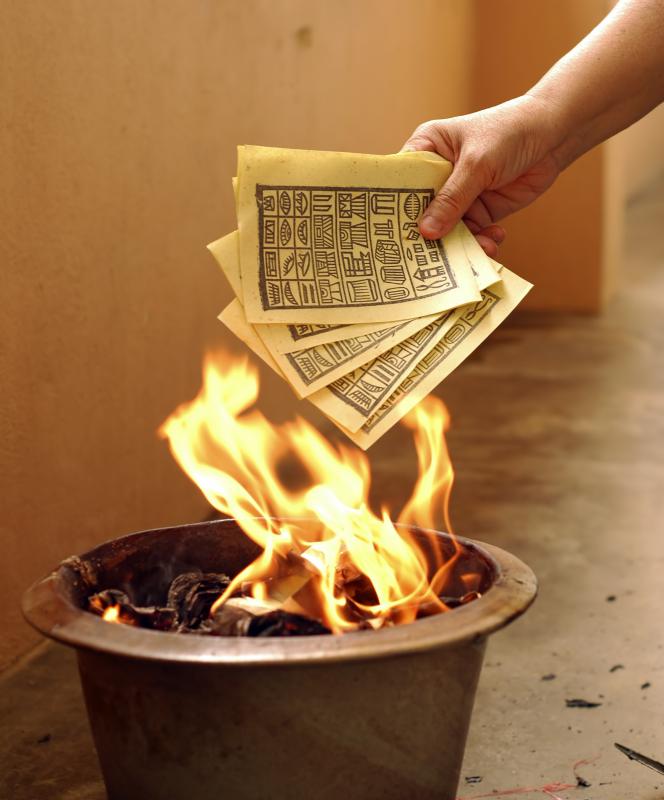At WiseGEEK, we're committed to delivering accurate, trustworthy information. Our expert-authored content is rigorously fact-checked and sourced from credible authorities. Discover how we uphold the highest standards in providing you with reliable knowledge.
What Should I Know About Hong Kong?
Hong Kong is a Special Administrative Region of China, located in the South China Sea. The region covers 426 square miles (1104 sq. km), making it about a third the size of Rhode Island. Although many people think of Hong Kong as a single island, the territory actually encompasses more than 200 small islands, eventually connecting to the mainland across a single river. The main island is, however, Hong Kong Island, helping to explain some of the confusion. The other major island is Lantau island, and the New Territories and Kowloon Peninsula make up the bulk of the rest of the region.
Hong Kong has been inhabited for millennia, with the early Che people settling the land early on. During the period of the Warring States in mainland China, Yuet people immigrated from the north and forcibly assimilated the Che people. During the time of the Qin Dynasty in the 3rd century BCE, Hong Kong was made a part of unified Imperial China.

During the Han Dynasty in the 10th century the region grew in economic importance as a result of the local pearl industry. When the Mongols invaded China, Hong Kong saw a large influx of refugees from mainland China, creating a population boom and further enlarging the already strong economy that had built around Hong Kong as a maritime trading port.

In the 19th century, Britain, faced with a growing trade deficit with China due to the British appetite for tea, expanded its sale of opium to China dramatically. The ruling Qing Dynasty disapproved, and banned the sale of opium. Britain pushed the issue by declaring war, and occupied Hong Kong Island by 1831. In 1860, following a second Opium War, Britain gained Stonecutter's Island, and a chunk of the Kowloon Peninsula. Finally, in 1898, Britain negotiated a 99-year lease for the remaining lands.

The British would control Hong Kong until World War II; the Japanese seized the region briefly during World War II. Shortly after the war, the declaration of Communist China led to a new wave of refugees to British Hong Kong. As China continued to pursue an isolationist stance during the Communist era, Hong Kong became an important connection between the West and the mainland, and one of the only avenues for goods to come to and from China.

Hong Kong continued to develop as an economic center, phasing out industry and focusing on financial services and banking. In the 1980s, the British and Chinese negotiated a treaty whereby the entire region of Hong Kong, not just the area leased by the British, would be handed over to the Chinese in 1997. In return, the Chinese government would manage Hong Kong as a special administrative region, giving it a great deal of autonomy, and leaving its institutions virtually unchanged for at least another 50 years.

In 1997, sovereignty over Hong Kong was transferred from the British to China smoothly. Since then, the region has continued to be ruled in roughly the same manner as it was before, and the economy, although somewhat slowed by the Asian Financial Crisis, remains strong.
For a city, Hong Kong is quite remarkable. There is an air of efficiency about everything that makes it feel extremely modern, and the constant bustle of important people going about their important business can be quite exhilarating. Sites like the Monastery of 10,000 Buddhas can offer tourists some entertainment, as can the many museums, theaters, and orchestras, but ultimately the joy of Hong Kong is the city experience itself.
Hong Kong is arguably the most important air hub into Asia, and flights arrive constantly from every major airport in the world. Trains connect Hong Kong to mainland China, and boats connect to the mainland and Macau.
AS FEATURED ON:
AS FEATURED ON:















Discuss this Article
Post your comments